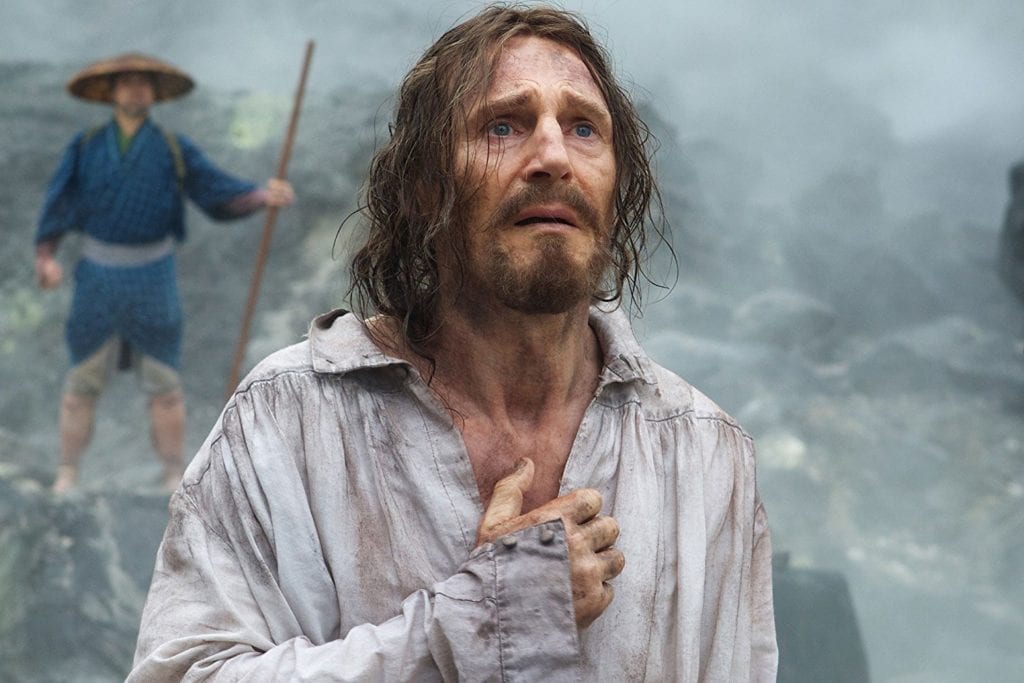
Dir. Martin Scorsese. 161 minutes.
In 17th-century Japan, Christianity is outlawed and any public expression of faith earns a one-way ticket to martyrdom. Young Jesuit priests Rodrigues (Andrew Garfield) and Garupe (Adam Driver) are sent to Japan in secret, sheltered by the underground church. Their mission is twofold: to offer support to the church and to seek out their former teacher, Ferreira (Liam Neeson), who is rumored to have renounced the faith.
What would Jesus do? Rarely has a film asked this so earnestly. Rodrigues enters Japan knowing that he will be persecuted and perhaps put to death. On some level, he even yearns for the glory of a Christlike death. But Rodrigues’s trials are not those of Jesus. After he is captured by the Japanese authorities, Rodrigues is not nailed to a cross, but faced with the following dilemma: deny God and publicly abandon the faith, or allow five captured Japanese Christians to be executed. One path betrays Rodrigues’s faith and undermines the Japanese church; the other stains his hands with innocent blood. It’s a seemingly impossible choice. So, what would Jesus do?
“Silence” is distinguished by excellent performances by Adam Driver and by Issey Ogata, who imparts the film’s villain with a mesmerizing excess of good manners that becomes sinister in itself. Striking cinematography that ranges from the desolate to the cozy is accomplished by Rodrigo Prieto, who drew his color palette from Baroque art. The fact that, three years after its release, online critics are still arguing so fiercely about the message of “Silence” is reason enough to see it for yourself.




